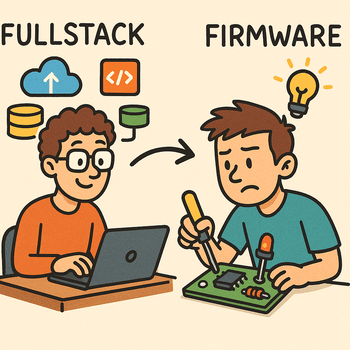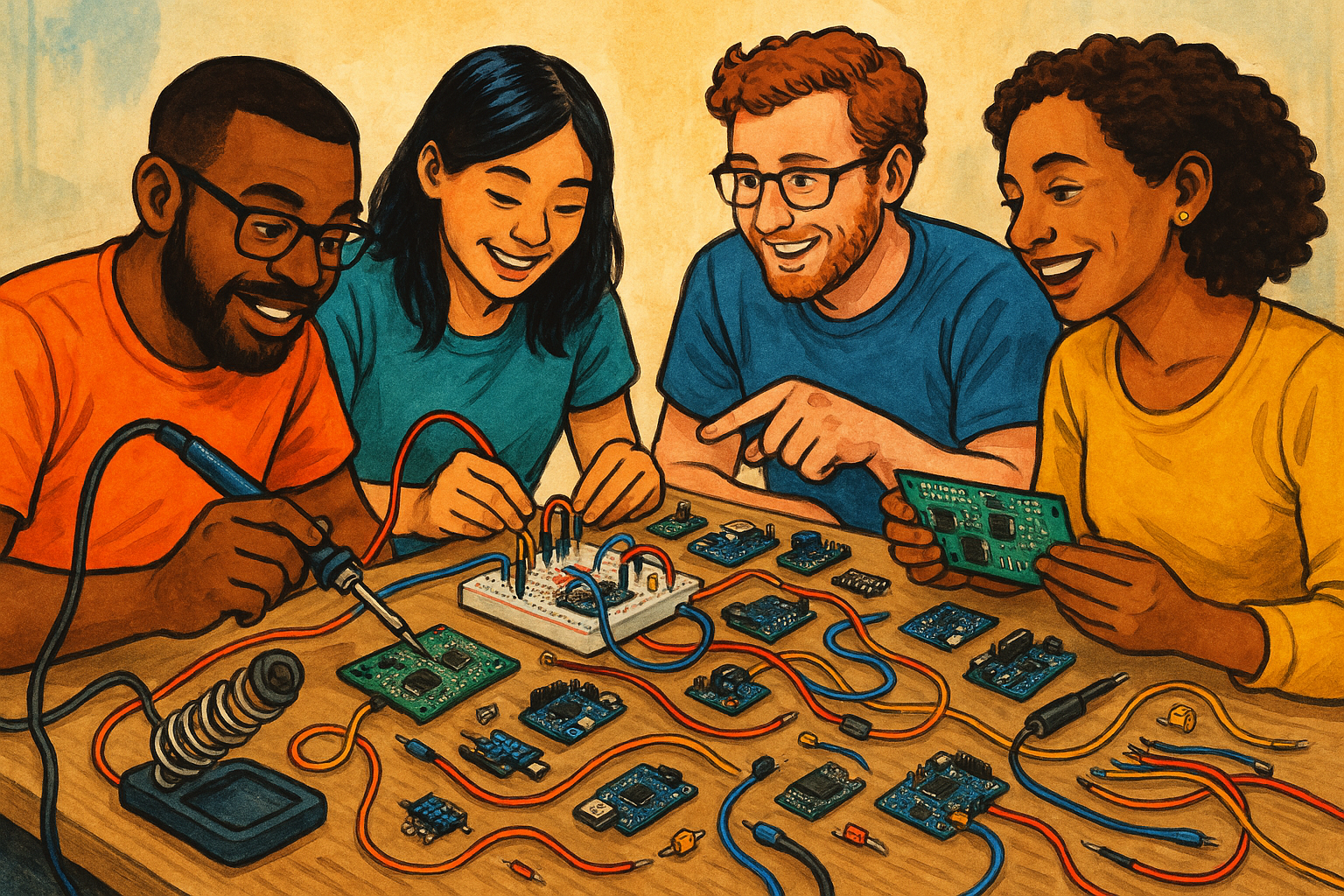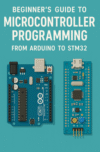When you spend years building web apps and cloud platforms, you start to feel like you’ve mastered the abstraction game. Frameworks handle the messy parts, databases scale with managed services, and you can deploy an entire app with a single CLI command. Coming from fullstack development, I thought I had a solid handle on “software.” Then I dipped my toes into embedded systems, and suddenly the ground rules changed.
Instead of spinning up a backend on AWS, I was staring at a datasheet trying to figure out why my microcontroller wouldn’t even blink an LED. Instead of querying a database with an ORM, I was configuring registers directly. The safety net of “just Google it” wasn’t as reliable anymore. Embedded development is less about standing on the shoulders of abstractions and more about getting intimate with the hardware itself.
The biggest shock was how different “debugging” feels. In fullstack land, you tail logs, set breakpoints, and maybe check out some network traffic. In embedded, you’re breaking out oscilloscopes, logic analyzers, and JTAG debuggers just to figure out whether your chip is alive. The stack is thinner, but every mistake cuts deeper. A wrong bit in a configuration register can mean hours of chasing ghosts, and a bad memory management choice can hard fault your system in an instant.
That said, the reward is unlike anything you get from web development. When you flash firmware to a board and see hardware respond—an LED blink, a motor spin, a sensor report live data—you realize you’re bending physical reality with your code. There’s no abstraction between you and the real world anymore, and that’s addictive.
What helped me transition was reframing how I thought about the stack. In fullstack, the stack is front end to backend to database. In embedded, the stack is firmware to drivers to hardware. You’re still architecting layers, but the bottom layer isn’t SQL or Kubernetes—it’s bare metal. That shift forces you to care about things most web developers never lose sleep over: clock frequencies, voltage levels, memory footprints, and interrupt priorities.
Ironically, my fullstack experience still pays off. Embedded devices are increasingly connected, and IoT systems blur the line between cloud and edge. That means the best embedded engineers today aren’t just bit-twiddlers, they also understand APIs, data flow, and distributed system design. Knowing how to build a scalable backend makes me better at designing sensor gateways. Knowing how frontends are consumed makes me better at shaping device communication.
If you’re a fullstack developer curious about making the jump, be ready to unlearn some comforts. Forget “infinite resources”—your MCU may only give you 128 KB of RAM. Forget “hot reloading”—you’ll be reflashing firmware dozens of times a day. And forget “just npm install it”—libraries exist, but they’re often low-level, undocumented, and not nearly as plug-and-play.
But if you like the idea of writing code that has to work within the tightest of constraints, and you get a thrill from watching software control something you can hold in your hands, embedded systems will hook you. The journey from fullstack to firmware isn’t about abandoning one world for another, it’s about widening your horizons. The future of computing isn’t just in browsers or cloud platforms—it’s also in the billions of tiny devices quietly running our world. And once you cross over, you’ll never look at a blinking LED the same way again.



